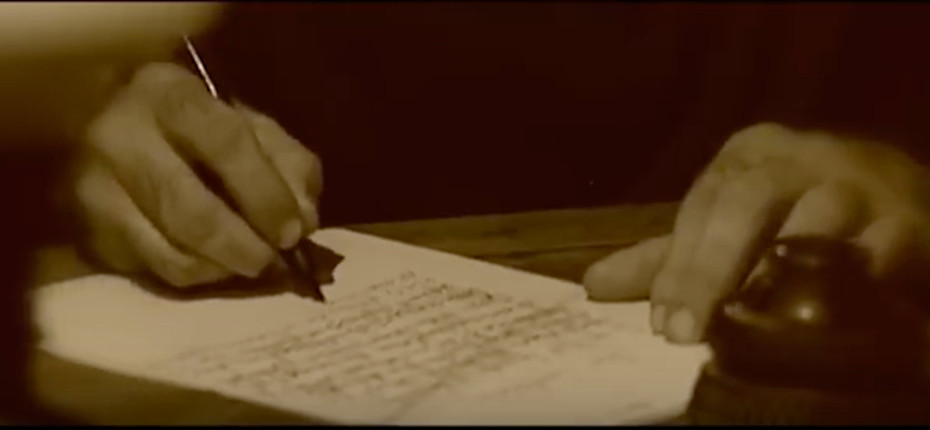SAV Puskat SAV Puskat, the audio-visual centre of the Indonesian Jesuit Province, has re-released a video to enrich prayers for the Society of Jesus and the success of General Congregation 36. The video entitled “Tak lelah bersinar” (“Never stop shining” in English) features the theme song and images from “Bethlehem van Java”, SAV Puskat’s award-wining film on the life of Fr Franciscus van Lith SJ, a Jesuit missionary from the Netherlands, who pioneered the Catholic mission in Java and is fondly called the Father of Javanese Catholics.
SAV Puskat, the audio-visual centre of the Indonesian Jesuit Province, has re-released a video to enrich prayers for the Society of Jesus and the success of General Congregation 36. The video entitled “Tak lelah bersinar” (“Never stop shining” in English) features the theme song and images from “Bethlehem van Java”, SAV Puskat’s award-wining film on the life of Fr Franciscus van Lith SJ, a Jesuit missionary from the Netherlands, who pioneered the Catholic mission in Java and is fondly called the Father of Javanese Catholics.
The video captures the spirit of Fr van Lith, indeed of the Society in its evocative imagery and familiar Jesuit language. It is an original composition with lyrics by Fr Murti Hadi Wijayanto SJ and music by FX Tri Mulyono.
Fr van Lith (1863 – 1926) arrived in Muntilan, Central Java in 1896, and came to be renowned for his ability to impart Catholic teachings in ways that the traditional Javanese societies could accept. On December 15, 1904, he baptised the first Javanese Catholics at Semagung, between two trees called “Sono”. The place is now called Sendangsono. Fr van Lith also founded a school for teachers in Muntilan, and fought for the education of Javanese people during the Dutch colonial rule.
In 1911, he established the central seminary. One of the candidates in the seminary was Albertus Soegijapranata SJ who became the first native Indonesian bishop and Archbishop of Jakarta. Today, quite a number of Javanese and ethnic Chinese people in Eastern and Central Java are Catholic.
When Pope John Paul II visited Yogyakarta on October 10, 1989, he said that he stood that day at the centre of the island of Java to commemorate those who had laid the foundations of the Catholic people in the country – Fr van Lith and two of his disciples, Msgr Soegijapranata and IJ Kasimo, a national hero who was a Catholic.
“Bethlehem van Java” won the Maximilian Maria Kolbe Award in the Niepokalanov film festival organised by Signis Poland in 2008.
Pray with the original in Javanese here.
Pray with the GC 36 version in English, Spanish and French.

